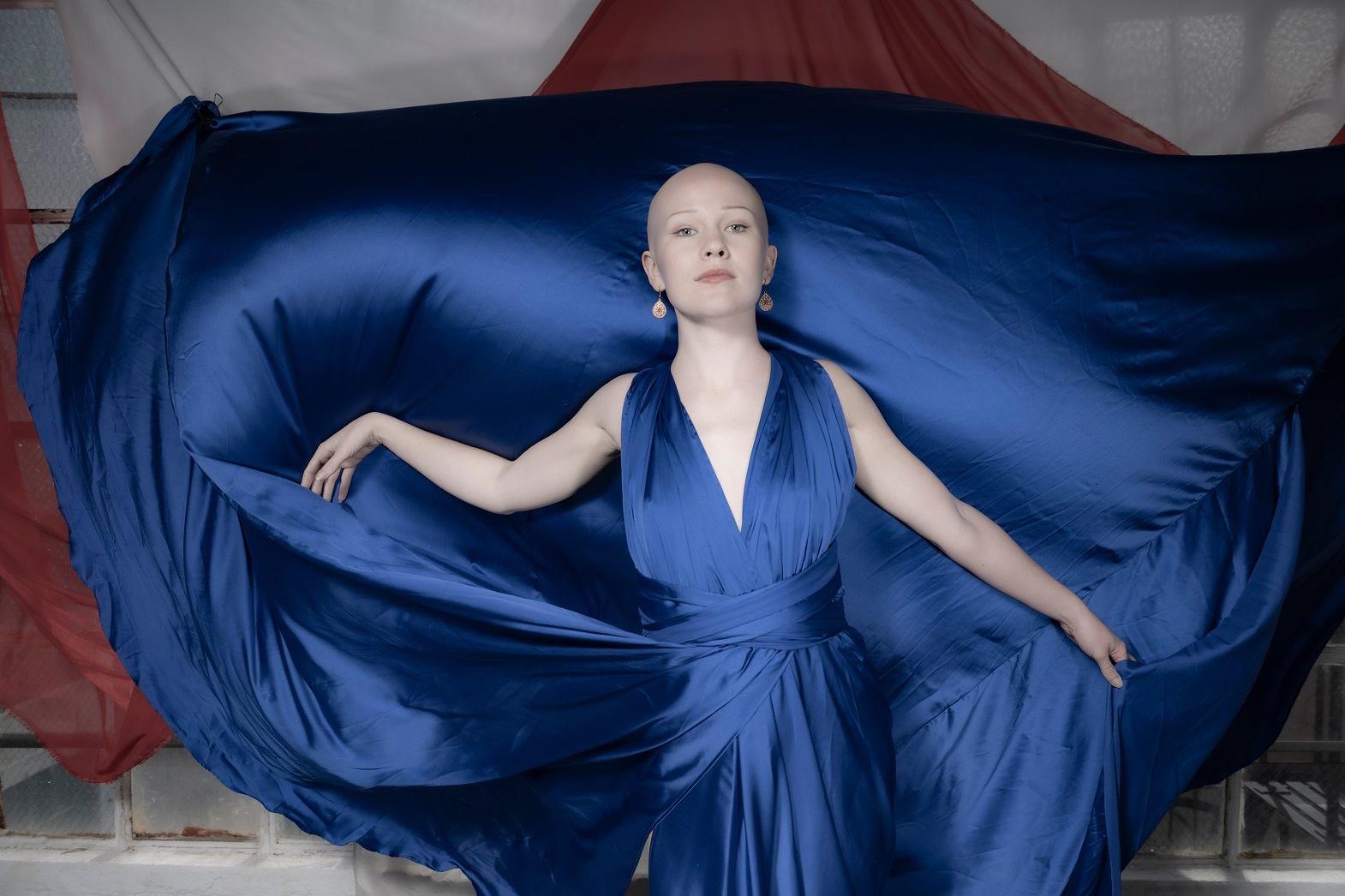Fashion draping, a method dating back to the 18th century, remains a crucial aspect of fashion design today. It involves positioning and pinning fabric onto a standard-sized dress form to create the structure of a garment design. Various types and sizes of dress forms are available to accommodate the needs of designing for women, men, and children.
A dress can be draped using a design sketch as a starting point, or a fashion designer can manipulate how the fabric drapes to conceive new designs during the dress design process. Following draping, the toile fabric is removed from the dress form, which served as the foundation for creating the draped pattern for crafting fashionable dresses tailored to individual preferences. In the USA, designers often utilize very lightweight fabrics referred to as 'toile,' while in the UK, designers commonly use 'muslin' cloth.
The techniques for draping fabric necessitate an understanding of the fabric's characteristics. Designers and drapers must be able to distinguish between different fabrics to select the most suitable ones for achieving the desired flow and lines in each design. Designers should allocate time to collect fabric swatches while shopping and organize them by width and content, enabling the creation and development of a personal reference library.
Fabrics used for draping:
Fabrics and clothing must cater to our lifestyles, and our active lifestyles incorporate various fabrics such as stretchy knits, chiffon, georgette, organza, sheer cottons, voile, and lightweight silks, all of which are well-suited for fashion draping purposes. The ability to drape is a pivotal factor in creating sophisticated draped garments, and, typically, very lightweight to medium-weight fabrics are suitable for draped garments.
Garments made from woven materials are typically draped in muslin or an economical fabric where the grain and cross-grain are clearly visible. The quality and texture of the muslin should mirror the characteristics of the actual fabric intended for the garment's design. Soft muslin, for example, can mimic the draping quality of natural or synthetic silk and knitted fabric.
Medium-weight muslin can replicate the draping quality of wool and medium-weight cottons, while coarse muslin can simulate the draping quality of heavyweight wools and cottons. Canvas muslin can mimic the draping qualities of heavy fabrics like denim or faux fur.
Before commencing the draping process, it's essential to consider the extensive range of fabrics available. The fabric chosen for draping significantly influences the final appearance of the garment. Analyzing and understanding the structure and characteristics of the fabric allows for the creation of the appropriate ease, handfeel, and balance in the garment or pattern drape. Approach each design with a positive attitude and a clear fashion sense.
For garments made from knitted fabrics, draping is often done using less expensive knit fabric. However, the sample knit should possess the same stretch value as the fabric chosen for the final garment. The right side of the front dress form is typically employed to drape the front basic pattern or garment. While this procedure may vary, it serves as the standard practice when fitting and draping any type of garment. In essence, draping techniques dictate how a fabric hangs on a dress form and, ultimately, on the human body.
Tools &Equipment used for Draping:
Dress form with sizes like US8, US10, US12 can be chosen according to the requirement. Draped-cloth, scissors, arm hole curve, graduated-square, pins, marking-chalk, pencils, sharpeners, notches, French-curves, foot-ruler, grade-ruler, dark colored twill tape, measuring tape, hip curve, sleeve curve are the tools required.
Draping pattern making
The method of fashion draping includes stitching the garment by the use of loosely hanging material to create of flowing effect. Sometimes, basic sloper patterns (master-patterns) are also used to create draped and stylized garments. Even sleeves are constructed with the help of the sloper.
Draped pattern making, is the link between design and production of a specified dress. Designers sketch that turns into a three-dimensional functional garment. Draping process is a way of interpreting the design regardless of the style, size and shape .The fabric is manipulated, molded, and shaped through the skillful use of the draper/designer's hand, until the design is replicated in three-dimensional form.
Draping does not rely on the aid of a pattern to create designs, although a draper may choose to incorporate parts of an existing pattern in the preparation of the muslin to assist in the drape. It is true that those using the flat pattern making method may incorporate some aspects of draping in creating specific designs. This does not minimize the value of either pattern making method, but it does enhance the pattern marker's ability to create design patterns accurately and within time constraints. The basic sleeve is not draped, although it could be, but the results would be dubious.
The important points that should be taken care of when draping the fabrics on dress forms are:
1. GSM of the Fabric (Weight)
2. The bias, selvage of the fabric
3. Pattern, texture and muslin mock-ups
4. Darts, seam location, finishing
Dress form is an excellent tool to have in a designer's studio. It is mainly used to drape the fabric to make new and innovative designed garments. It always help in checking the proper fitting of the garment. In present day, draping techniques are taught in fashion design schools, academics and colleges. Thus, students can easily understand the art of draping and will be able to create more fashionable garments.
Conclusion:
In modern days women prefer to wear draped style garments. Fashion draping is mostly used in theatrical costumes. Evening wear, stage wear, and party wear garments are made with the fashion technocrats. Draping normally requires little bit of extra time but, with continuous practice this will become easier and more customers can be satisfied with accurate draped dresses in less time.
References:
1. The Art of Fashion draping-Connie Amaden -Crawford.
2. Comdex fashion design- Dr. Navneet Kaur.
3. Fashion Draping- Helen Joseph Armstrong







Comments